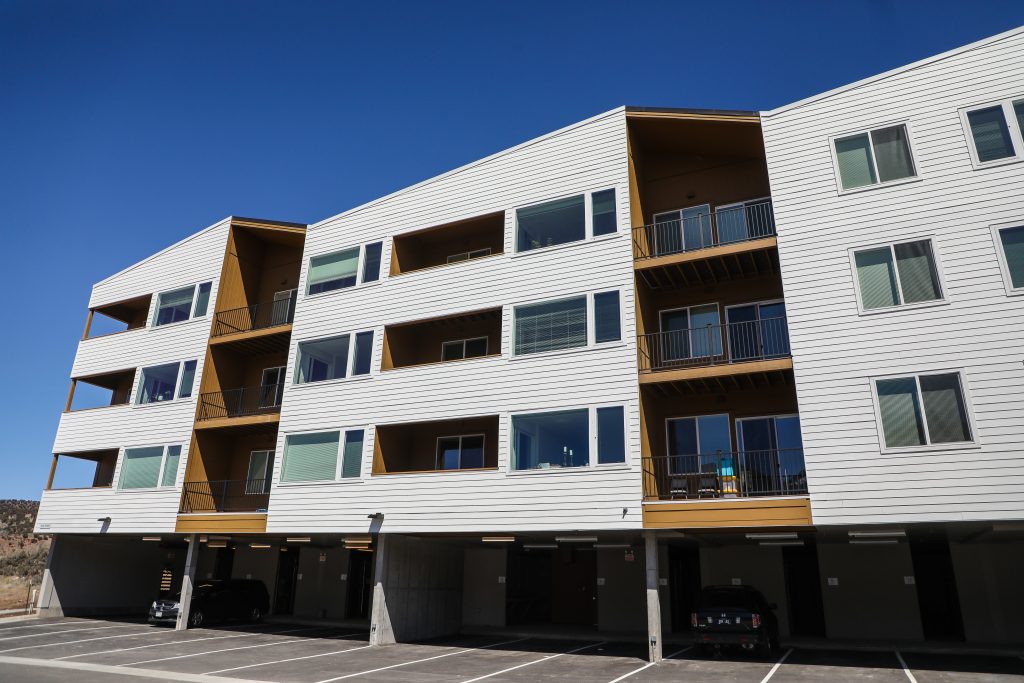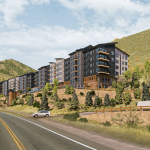Eagle County’s latest housing assessment shows shortage hasn’t gotten worse
Second-home buyers are migrating down the valley

Vail Daily archive
The Eagle County Board of Commissioners this week got its first look at the latest housing needs assessment. The good news is we’re largely keeping up with demand. The bad news is we’re still behind.
Rachel Shindman of Economic & Planning Systems said that with units in the pipeline, the current shortage hasn’t gotten worse.
“We are making progress,” Shindman said.
The regional housing needs assessment, while not legally binding for building new housing, is a requirement of Senate Bill 174. That bill requires housing needs assessments to free up funding from voter-approved Proposition 123.
On the other hand, mountain communities don’t meet the measure’s area median income caps for rental or ownership. Increases in those caps require state-issued waivers.
Still, the numbers in the assessment are daunting.
The assessment states that the total number of units needed through 2035, both for-sale and rentals, is 6,375. That has to accommodate a nearly 2,100-person growth in employment over the next decade, and the fact that more than 1,600 people in the valley are expected to retire by that year.

Support Local Journalism
That leads to the question of where many of those people will live. According to the assessment’s multiple surveys, more than 90% of people want to live in Edwards, Avon, Vail or EagleVail, which are close to the valley’s employment centers.
That’s where wage growth and rental and housing prices collide.
Shindman acknowledged that the bulk of housing need is in the range of 50% to 120% of the area median income. And, Shindman noted, many people are currently working multiple jobs to afford the homes where they currently live.
The attractiveness of homes close to employment centers has also led to a dramatic rise in prices of homes on the free market.
The assessment shows that Edwards, in particular, has seen the valley’s largest increase in median home prices since 2019. That year, just before the COVID-19 pandemic, the median home price in Edwards was about $800,000. In 2023, that price had risen to more than $1.5 million, an 18% annual growth rate.
Commissioner Tom Boyd, an Edwards resident, asked Brian Duffany of Economic & Planning Systems for some of the factors behind that increase.
Duffany replied that part of the increase can be attributed to the national trend of price increases. Other factors include “amenity migration,” people moving to attractive areas during the pandemic. Other factors include supply not keeping up with demand, partly due to the construction industry’s slow recovery from the national recession that began in 2008.
Shindman noted that the assessment tried to answer the question of the rapid run-up in prices in Edwards by tracking local versus non-local buyers.
Duffany said that most of the housing units being bought on the free market are being used part-time.
And, Shindman said, that part-time use is being pushed down the valley. That helps explain why the median home price in Gypsum now hovers around $700,000. That’s why any answer to workforce housing will have to include deed restrictions and other subsidized programs.
“If we’re building free-market housing, we’re building second homes,” Shindman said.









